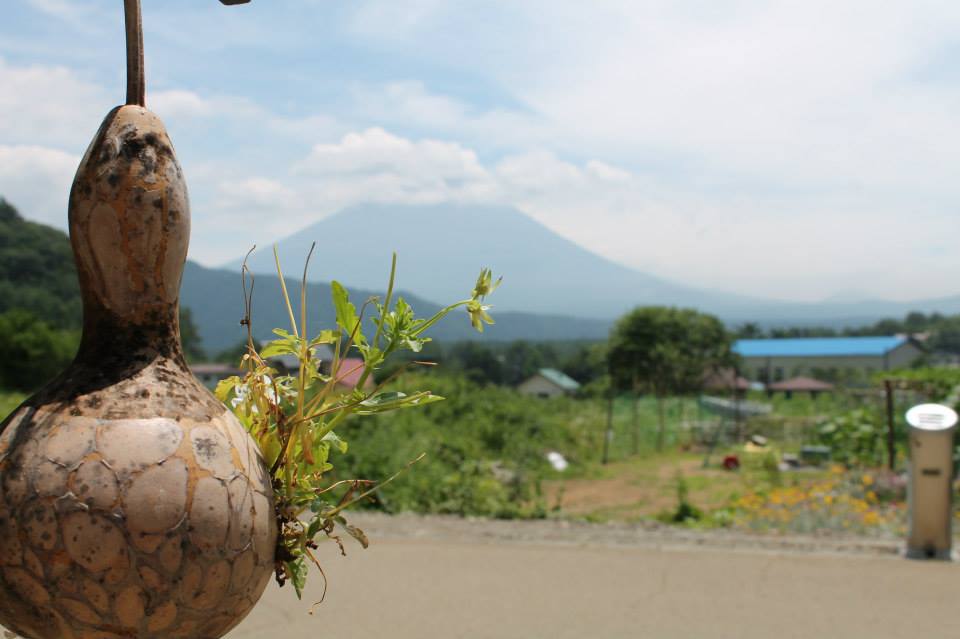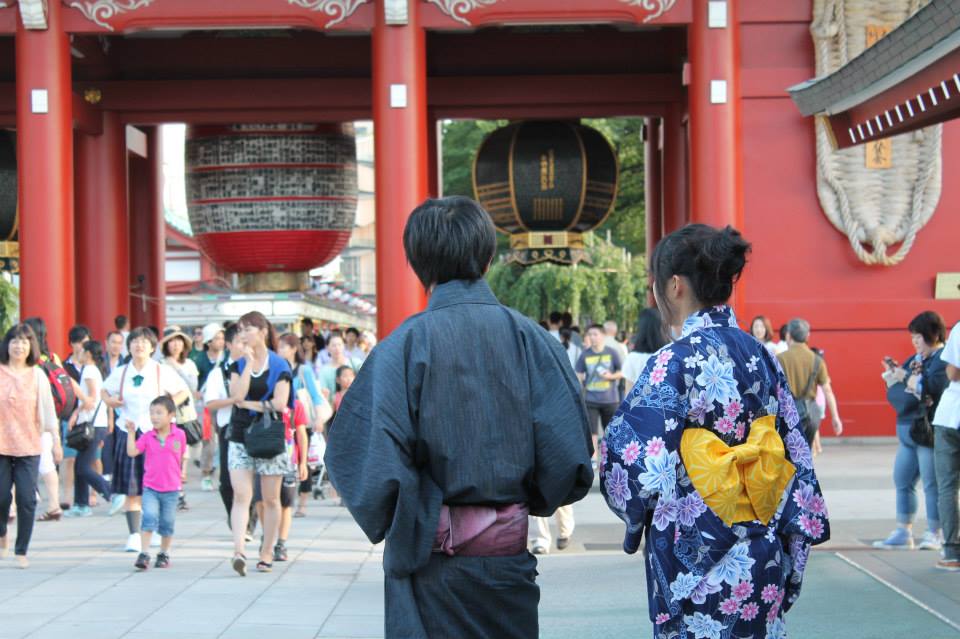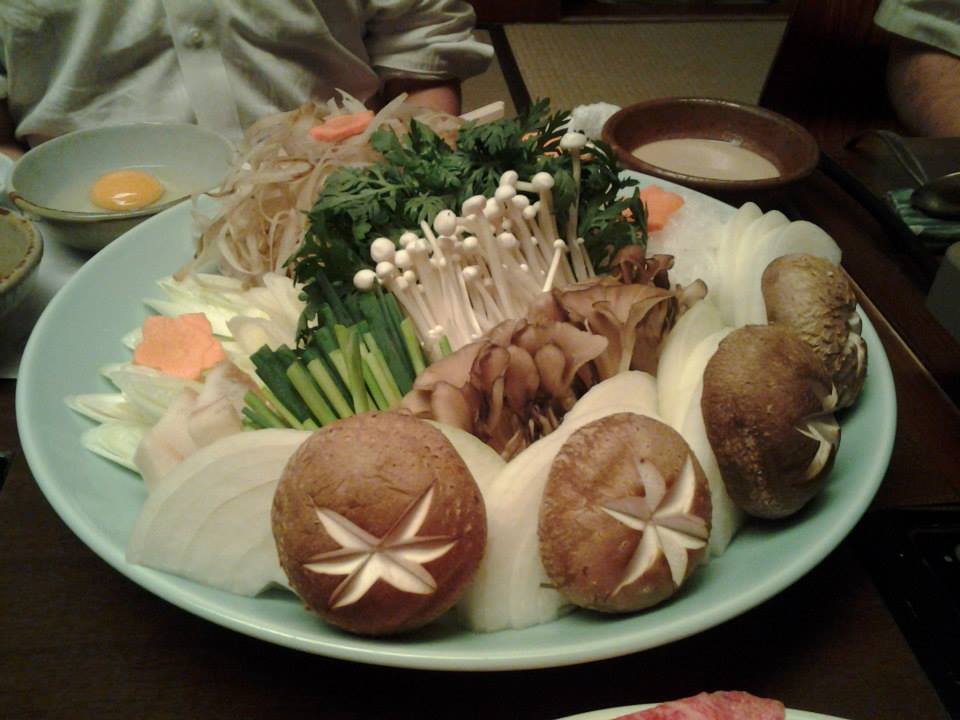Better Marketing Through Travel. Or the Power of a Bilingual Brain.August 12, 2015
Five amazing days in the Land of the Rising Sun
Ego ga hanasemaska (Do you speak English?) - You may be surprised that many Japanese don't speak a word of English. However, Japanese has borrowed many words from our language, often shortening and adapting them, eg. es-ka-re-ta, for escalator; te-re-bi, for television; pah-soh-kon for personal computer; buh-rah-kkuh-beh-ri for blackberry. A small phoenetic phrasebook can really make your day. I got mine in a deh-pah-ato (department store), after a little bit of digging into the world of ideograms.
Nimble brain.I had not heard a word of Japanese in my life - other than The Last Samurai, for the parts in original language — all devoutly captioned. For the first 24 hours I was lost absorbing all the sounds I could absorb. From the second day, everything astonishingly began to fall in place. I could find myself recognizing patterns out of the soundscape I was immersed in. I was able to interpret the key pitches and the rhythms of Japanese, which I perceived as a very harmonious language. I started getting that the verbs are at the end of the sentence; I understood that 'mashta' was the past tense, as the people would say for example 'arigato gozaimasu' while we were inside the store, and 'gozaimashta' on our way out, pulling the last syllable almost like in a singsong. I would repeat the same sounds after a couple of listenings and I remember them still today. What I had read in the studies that the bilingual brain is more efficient, faster in processing and very sound friendly felt true on my visit to Japan. The constant toggling that comes from having to choose among two or more words for every concept is a pure task-switching effort. It is hard to measure how anyone of us responds to the world, but there are some interesting proxies, like the Stroop test, where subjects are flashed with mismatches of color / word - the word black printed in red, say - and told to ignore what the word says and only announce the color. Almost universally, bilinguals are faster and make fewer mistakes. How could YOU enhance your flexibility?
At Blue Sky Marketing we are proudly bilingual and bicultural. If you are looking for a partner in marketing strategy development, online marketing strategy, LinkedIn for business development, or communications development, please contact us to see how we can help. Author: Sara Barbieri, Blue Sky Marketing |
Explore our Blog
Sign up for email updates!
The Archives
- NOVEMBER 2025 (1)
- FEBRUARY 2022 (2)
- JANUARY 2022 (2)
- DECEMBER 2021 (2)
- NOVEMBER 2021 (2)
- OCTOBER 2021 (1)
- SEPTEMBER 2021 (2)
- AUGUST 2021 (2)
- JULY 2021 (3)
- JUNE 2021 (2)
- APRIL 2021 (1)
- MARCH 2021 (3)
- FEBRUARY 2021 (2)
- DECEMBER 2020 (2)
- OCTOBER 2020 (1)
- SEPTEMBER 2020 (1)
- AUGUST 2020 (5)
- JULY 2020 (1)
- JUNE 2020 (1)
- MAY 2020 (2)
- APRIL 2020 (1)
- JANUARY 2020 (1)
- OCTOBER 2019 (1)
- SEPTEMBER 2019 (2)
- AUGUST 2019 (1)
- JULY 2019 (4)
- JUNE 2019 (2)
- MAY 2019 (1)
- MARCH 2019 (1)
- JANUARY 2019 (1)
- SEPTEMBER 2018 (1)
- AUGUST 2018 (1)
- MAY 2018 (1)
- DECEMBER 2017 (1)
- NOVEMBER 2017 (3)
- OCTOBER 2017 (1)
- AUGUST 2017 (5)
- JUNE 2017 (1)
- MAY 2017 (1)
- FEBRUARY 2017 (2)
- NOVEMBER 2016 (3)
- OCTOBER 2016 (6)
- SEPTEMBER 2016 (1)
- JULY 2016 (4)
- JUNE 2016 (3)
- APRIL 2016 (3)
- MARCH 2016 (1)
- JANUARY 2016 (1)
- NOVEMBER 2015 (1)
- AUGUST 2015 (1)
- JULY 2015 (3)
- JUNE 2015 (4)
- MAY 2015 (2)
- DECEMBER 2014 (1)
- OCTOBER 2014 (1)
- AUGUST 2014 (1)
- JULY 2014 (2)
- JUNE 2014 (1)
- MARCH 2014 (2)
- FEBRUARY 2014 (3)
- NOVEMBER 2013 (2)
- SEPTEMBER 2013 (4)
- AUGUST 2013 (2)
- JULY 2013 (1)
- JUNE 2013 (1)
- MAY 2013 (2)
- APRIL 2013 (3)
- MARCH 2013 (3)
- FEBRUARY 2013 (3)
- JANUARY 2013 (5)
- DECEMBER 2012 (4)
- NOVEMBER 2012 (2)
- OCTOBER 2012 (3)
- AUGUST 2012 (1)
- JULY 2012 (2)
- JUNE 2012 (1)
- MAY 2012 (3)
- APRIL 2012 (1)
- MARCH 2012 (2)
- JANUARY 2012 (1)
- OCTOBER 2011 (3)
- JULY 2011 (3)
- MAY 2011 (2)
- APRIL 2011 (2)
- MARCH 2011 (1)
- FEBRUARY 2011 (1)
- JANUARY 2011 (2)
- DECEMBER 2010 (1)
- NOVEMBER 2010 (2)
- OCTOBER 2010 (9)
- SEPTEMBER 2010 (13)
- AUGUST 2010 (29)
 At Blue Sky Marketing, we believe that bilingualism and travel go hand-in-hand in generating great marketing ideas. Speaking multiple languages may be an advantage in more ways than one. According to 2010 research by the Carnegie Mellon University, bilinguals are speedier task-switchers than monolinguals. Bilinguals are statistically better at reasoning, at multitasking, at grasping and reconciling conflicting ideas. I "needed" real-world proof of concept so I grabbed a last minute chance to fly to the wonderful land of the Samurai. Born and raised in an international family, and as intercultural mediator, I am fairly strong at ciao-ing, eñe-ing, Umlaut-ing and y'all-ing — but I had no clue on
At Blue Sky Marketing, we believe that bilingualism and travel go hand-in-hand in generating great marketing ideas. Speaking multiple languages may be an advantage in more ways than one. According to 2010 research by the Carnegie Mellon University, bilinguals are speedier task-switchers than monolinguals. Bilinguals are statistically better at reasoning, at multitasking, at grasping and reconciling conflicting ideas. I "needed" real-world proof of concept so I grabbed a last minute chance to fly to the wonderful land of the Samurai. Born and raised in an international family, and as intercultural mediator, I am fairly strong at ciao-ing, eñe-ing, Umlaut-ing and y'all-ing — but I had no clue on  May-kee-kee: or made to please the eye — Everything is beautifully made in Japan, from the textiles, to the little food miniatures, to the gift-wrapping. I was astonished by the elegance of women walking in their perfectly bowed kimonos. Their walking mixed calmness and extreme hurry, as if they needed to gracefully run somewhere.
May-kee-kee: or made to please the eye — Everything is beautifully made in Japan, from the textiles, to the little food miniatures, to the gift-wrapping. I was astonished by the elegance of women walking in their perfectly bowed kimonos. Their walking mixed calmness and extreme hurry, as if they needed to gracefully run somewhere.  Sushi — Don't expect Japanese to eat sushi all the time. Traditional Japanese cuisine features rice, miso soup and other dishes, with a strong focus on seasonal ingredients. Vegetables are pickled, or deep-fried in a light batter as tempura. Fish is more often grilled and only sometimes served as sashimi or sushi (which, as you can imagine, has a much more fishier and stronger flavor compared to what we eat in the US). If you ever get to Tokyo, don't miss the Tsukiji Fish Market and the fascinating neighborhood around it. It's like living in a
Sushi — Don't expect Japanese to eat sushi all the time. Traditional Japanese cuisine features rice, miso soup and other dishes, with a strong focus on seasonal ingredients. Vegetables are pickled, or deep-fried in a light batter as tempura. Fish is more often grilled and only sometimes served as sashimi or sushi (which, as you can imagine, has a much more fishier and stronger flavor compared to what we eat in the US). If you ever get to Tokyo, don't miss the Tsukiji Fish Market and the fascinating neighborhood around it. It's like living in a  Kobe-beef — Dining with the locals in a traditional kobe-beef restaurant is something you cannot miss. Either shabu-shabu or sukiyaki are thinly sliced beef boiled or simmered in the nabemono (Japanese hot pot) style, alongside with vegetables and dipping sauces. Sukiyaki includes dipping in a raw, beaten eggs. It's a little shocking, but delicious! We also learned about multi-generational dining when we "sat" down to eat. As you may know, the Japanese traditionally kneel to eat. Younger generations, however, prefer to have a hole under the table where they can comfortably stretch their legs while seeming to kneel.
Kobe-beef — Dining with the locals in a traditional kobe-beef restaurant is something you cannot miss. Either shabu-shabu or sukiyaki are thinly sliced beef boiled or simmered in the nabemono (Japanese hot pot) style, alongside with vegetables and dipping sauces. Sukiyaki includes dipping in a raw, beaten eggs. It's a little shocking, but delicious! We also learned about multi-generational dining when we "sat" down to eat. As you may know, the Japanese traditionally kneel to eat. Younger generations, however, prefer to have a hole under the table where they can comfortably stretch their legs while seeming to kneel.






